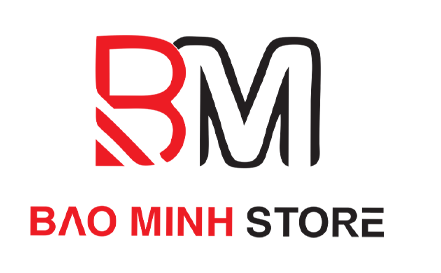BLOG
The Hidden Meanings Behind Money Coming 2’s Symbolism
The Hidden Meanings Behind Money Coming 2’s Symbolism
In a world where entertainment and popular culture are becoming increasingly intertwined with our daily lives, it’s no surprise that movies like "Money Monster" have captured our attention. Released in 2016, this financial thriller-drama film directed by Jodie Foster stars George Clooney as Lee Gates, moneycoming2.com a charismatic investment advisor who becomes trapped in a TV studio along with his producer Patty Fenn (Julia Roberts). As the plot unfolds, the audience is left to ponder on the true meaning behind the symbols and metaphors used throughout the film.
Breaking Down the Symbolism: A World of Greed
At its core, "Money Monster" serves as a commentary on the darker aspects of capitalism. The film portrays a world where money and power reign supreme, with characters like Lee Gates and his producer Patty Fenn embodying the cutthroat nature of the financial industry. However, upon closer inspection, it becomes apparent that these characters are not simply one-dimensional representations of greed.
Lee Gates’s on-air persona, for instance, is a carefully crafted image designed to reassure viewers that he is their trusted confidant and financial advisor. His charismatic presence is meant to put his audience at ease, making him appear more approachable than the ruthless financier he truly is. This dichotomy between Lee’s on-screen personality and real-life actions speaks to the way in which institutions often present themselves in a favorable light.
A Commentary on Media Influence
One of the most striking aspects of "Money Monster" is its critique of the media’s role in perpetuating consumerism and reinforcing societal norms. The film highlights how the 24-hour news cycle can sensationalize even the smallest financial fluctuations, creating an atmosphere of uncertainty that further fuels public anxiety.
In this way, the character of Patty Fenn serves as a reflection on the influence that media has over our perceptions. As a skilled producer, she understands the importance of crafting a compelling narrative to engage viewers and drive ratings. Her portrayal serves as a reminder that even those in positions of power often find themselves caught up in the very same system they aim to critique.
Deconstructing the Relationship Between Power and Money
The film’s exploration of the relationships between money, power, and influence is perhaps one of its most thought-provoking aspects. As Lee Gates becomes trapped alongside Patty Fenn, their dynamic serves as a microcosm for the complex web of power dynamics at play in the financial world.
On the surface, it appears that Lee holds all the cards – he’s the charismatic host with a seemingly endless array of connections and influence. However, this façade begins to crack as Patty’s true nature is revealed: she’s not just his producer, but also his puppeteer, orchestrating every move he makes on-screen.
This portrayal raises important questions about the ways in which those in positions of power use their influence to shape public opinion. In "Money Monster," we see how even seemingly benevolent figures like Lee Gates can be complicit in perpetuating a system that benefits them at the expense of others.
The Illusion of Control
One of the most striking aspects of the film is its use of visual metaphors to convey the illusion of control that pervades our lives. Throughout the movie, the camera lingers on the sleek, high-tech studio where Lee and Patty are trapped, underscoring the artificial nature of this world.
As the plot unfolds, we see how even those who appear to be in control – like Lee Gates or the viewers watching from home – are ultimately subject to forces beyond their comprehension. This is a theme that resonates deeply with our contemporary experience, as we grapple with issues like climate change, economic inequality, and social injustice.
Breaking Down the Binary
In "Money Monster," Foster employs a deliberate use of binary oppositions to illustrate the tension between opposing ideologies. Lee Gates’s character, for example, embodies both the idealized figure of the self-made entrepreneur and the ruthless financier willing to do whatever it takes to climb the corporate ladder.
This dichotomy speaks to our own perceptions of success and failure in the modern world. We’re constantly bombarded with messages that pit us against one another – that we must either succeed or fail, with no middle ground. The film cleverly subverts this binary by revealing Lee’s true nature as a shrewd operator willing to manipulate public opinion for his own gain.
Conclusion
In conclusion, "Money Monster" offers a nuanced and complex exploration of the symbolism surrounding money and power in our world. Through its portrayal of characters like Lee Gates and Patty Fenn, Foster sheds light on the darker aspects of capitalism and the ways in which institutions manipulate public opinion to maintain their grip on power.
As we reflect on the themes presented in "Money Monster," it becomes clear that this film serves as more than just a commentary on the financial industry. It’s also a critique of our own perceptions – of what success looks like, how influence is wielded, and the ways in which we’re complicit in perpetuating systems that benefit some at the expense of others.
Ultimately, "Money Monster" challenges us to think critically about the world around us, inviting us to question everything from the symbols used by financial institutions to the ways in which we consume information. As we navigate this complex and ever-changing landscape, it’s imperative that we continue to probe beneath the surface, seeking out hidden meanings and symbolism that reveal deeper truths about our society.


